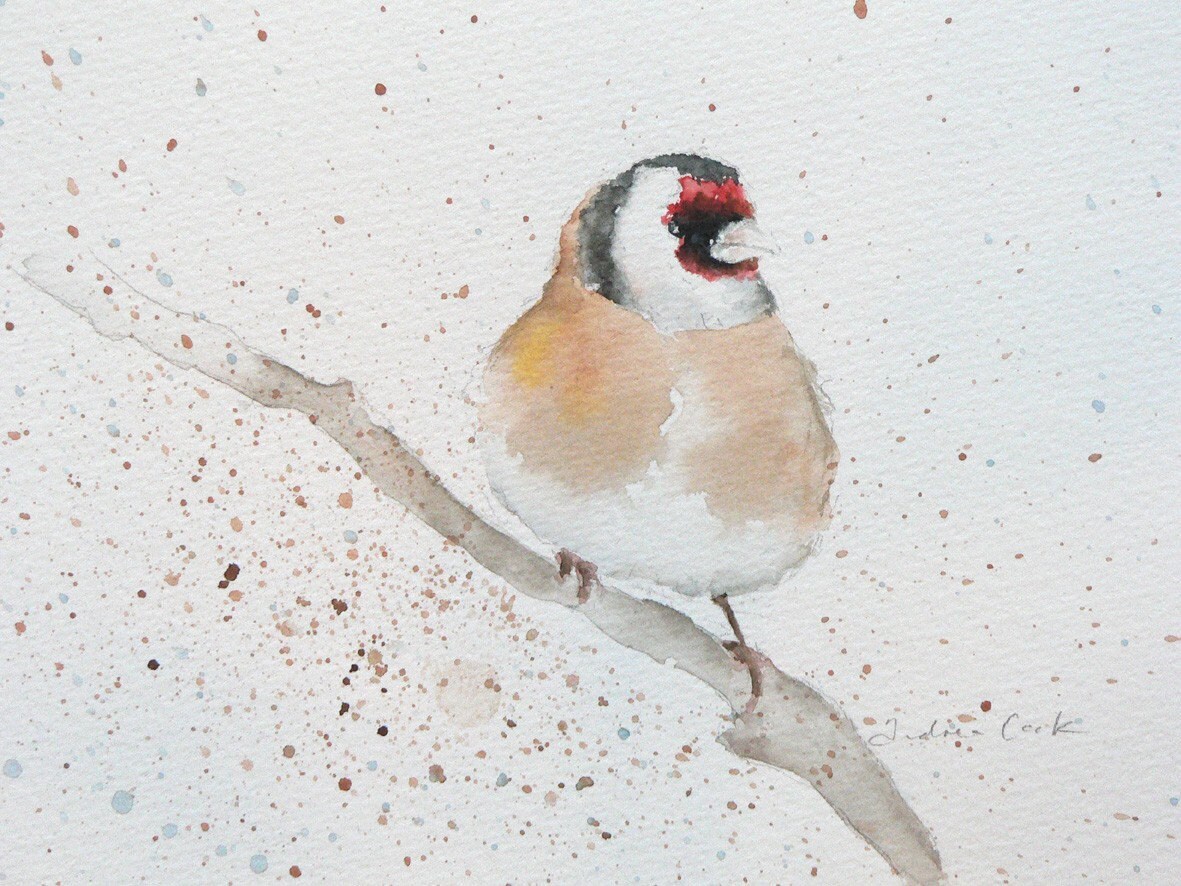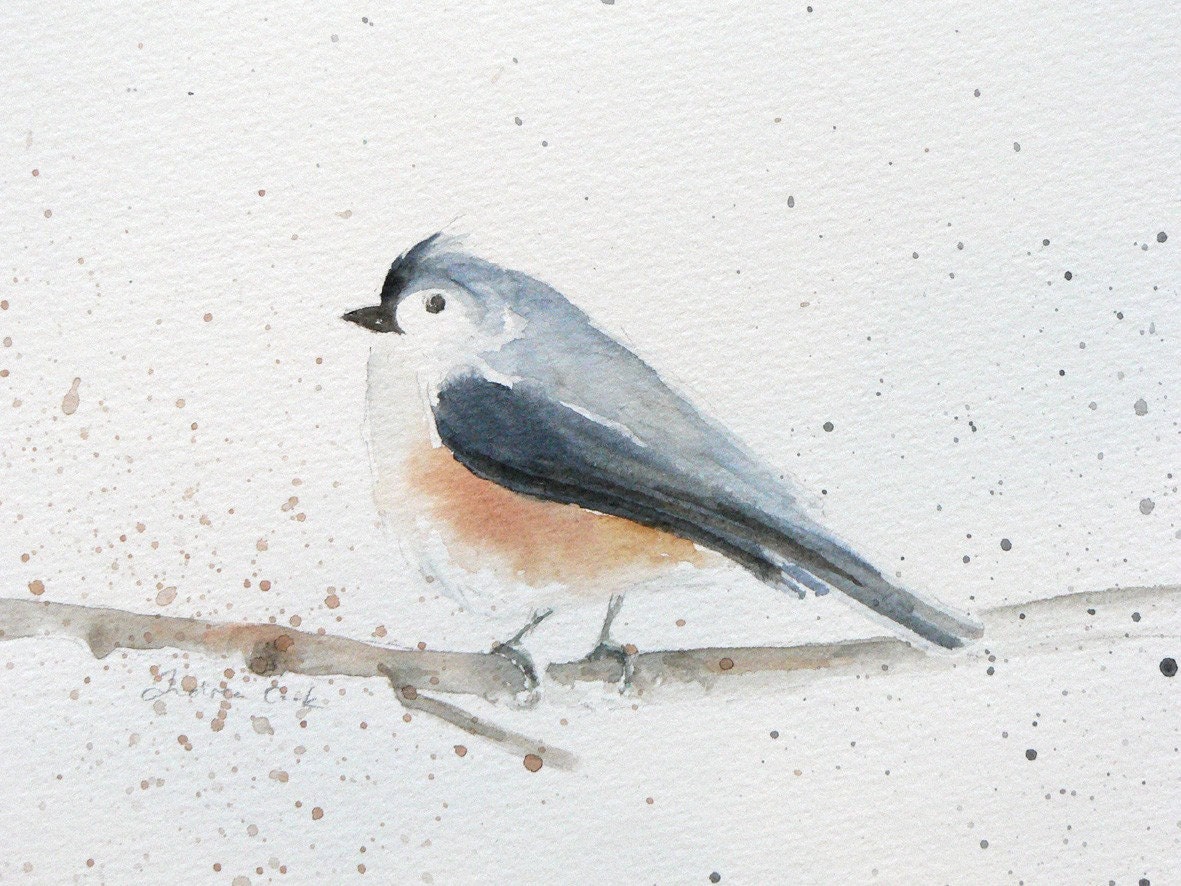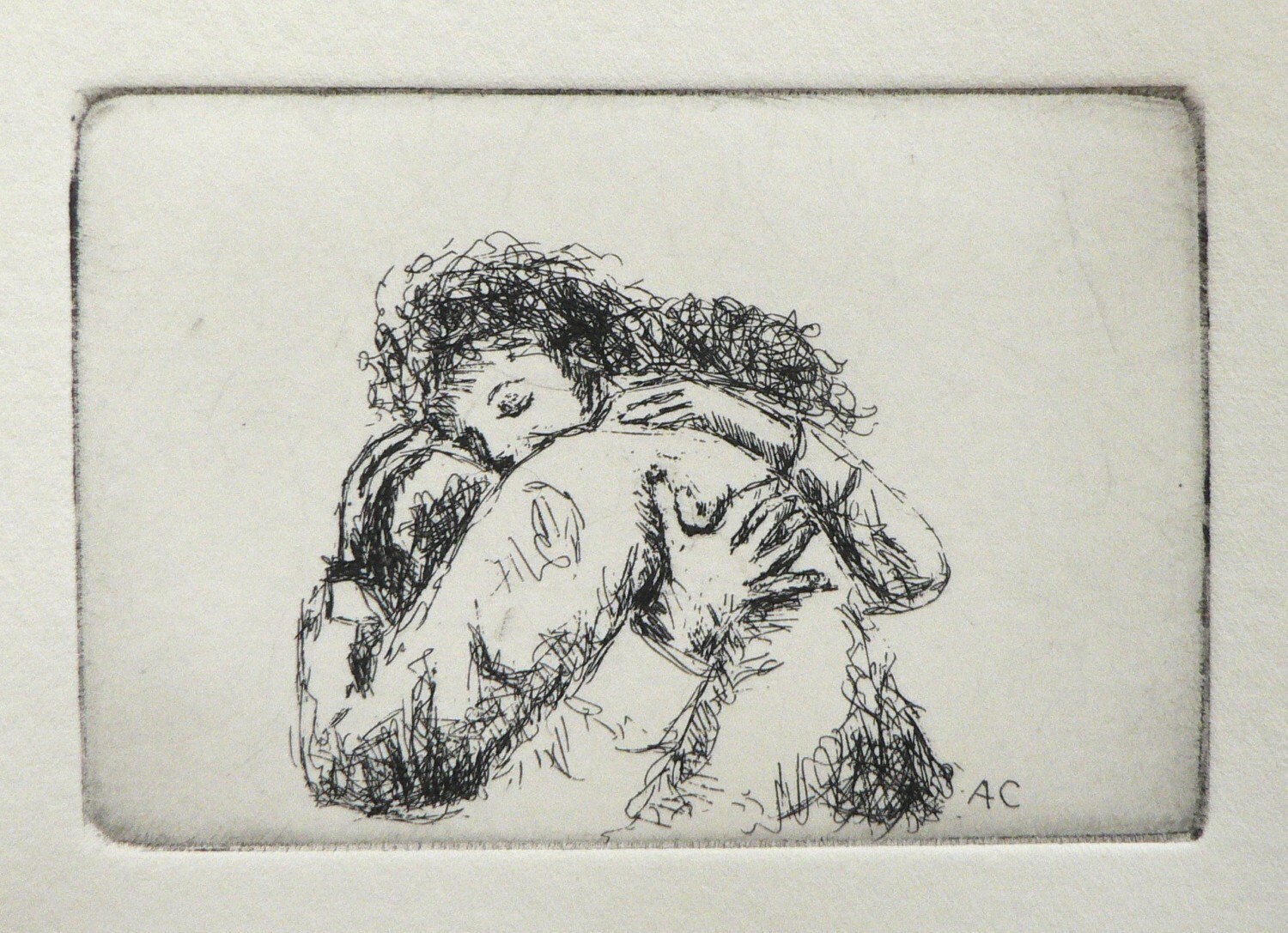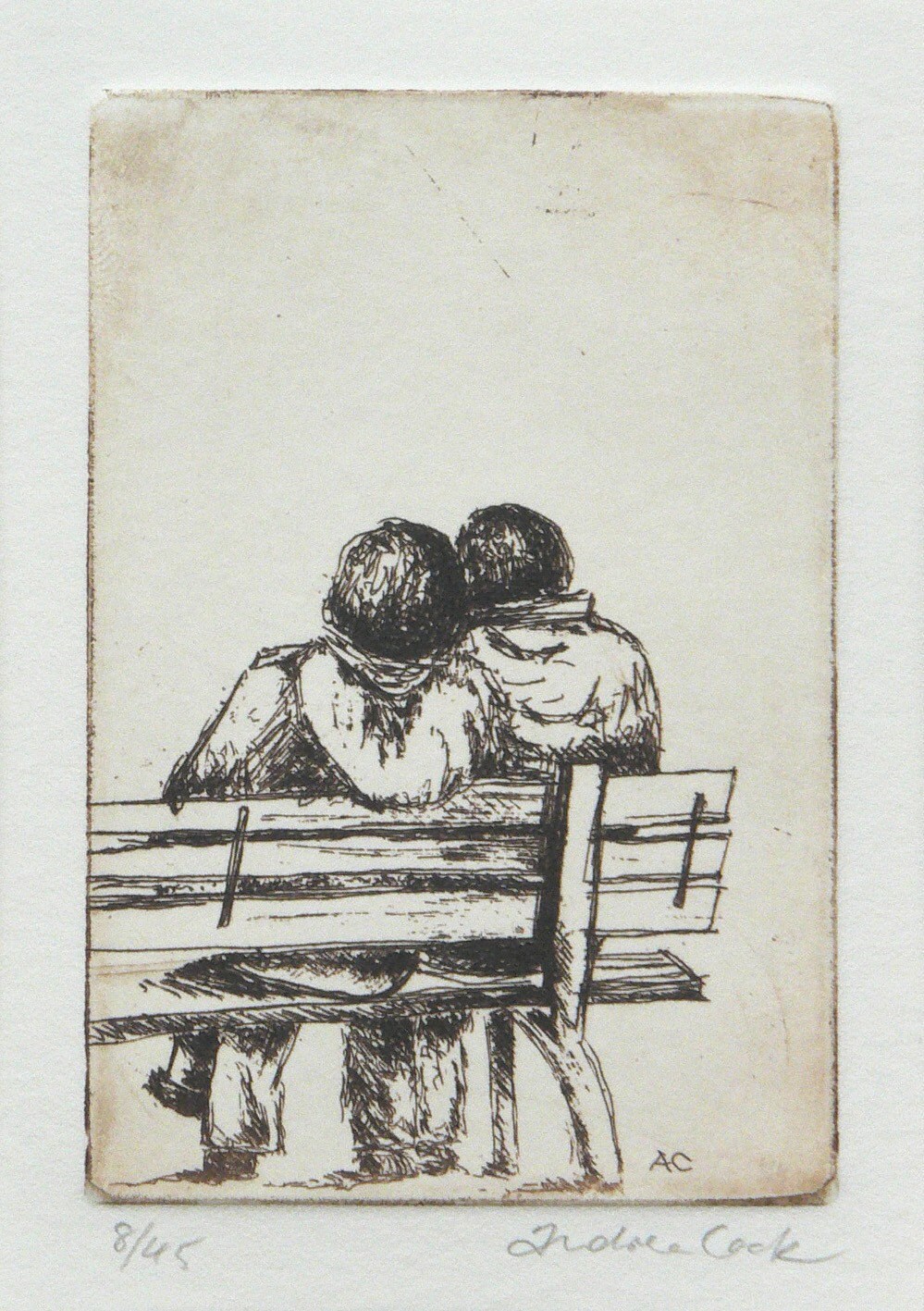This week's tea time treat in the KunstCentrum (art centre) was chocolate chip and hazelnut cookies! And here's the recipe:
2 cups flour
1/2 tsp baking soda
1/2 tsp salt
3/4 cup melted butter
1 cup brown sugar
1 tbsp vanilla essence
1 egg
2 cups chopped milk chocolate and hazelnuts
*mix the flour, baking soda and salt and set aside
*mix sugar, egg, melted butter and vanilla essence until light and fluffy
*add dry ingredients
*make balls about 2-3 cm round from the dough and place on a baking tray 5 cm apart
*bake for 15-17 mins at 165C until lightly toasted round the edges, for soft centres
...mmmm... particularly delicious with chai tea!
2 cups flour
1/2 tsp baking soda
1/2 tsp salt
3/4 cup melted butter
1 cup brown sugar
1 tbsp vanilla essence
1 egg
2 cups chopped milk chocolate and hazelnuts
*mix the flour, baking soda and salt and set aside
*mix sugar, egg, melted butter and vanilla essence until light and fluffy
*add dry ingredients
*make balls about 2-3 cm round from the dough and place on a baking tray 5 cm apart
*bake for 15-17 mins at 165C until lightly toasted round the edges, for soft centres
...mmmm... particularly delicious with chai tea!






















































